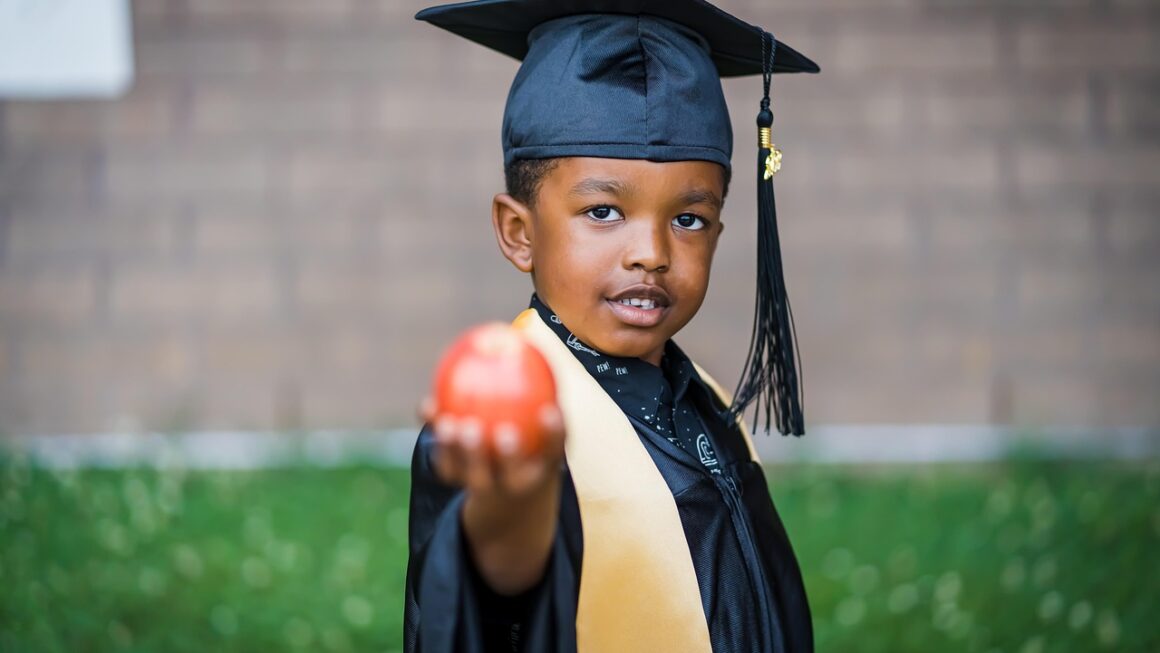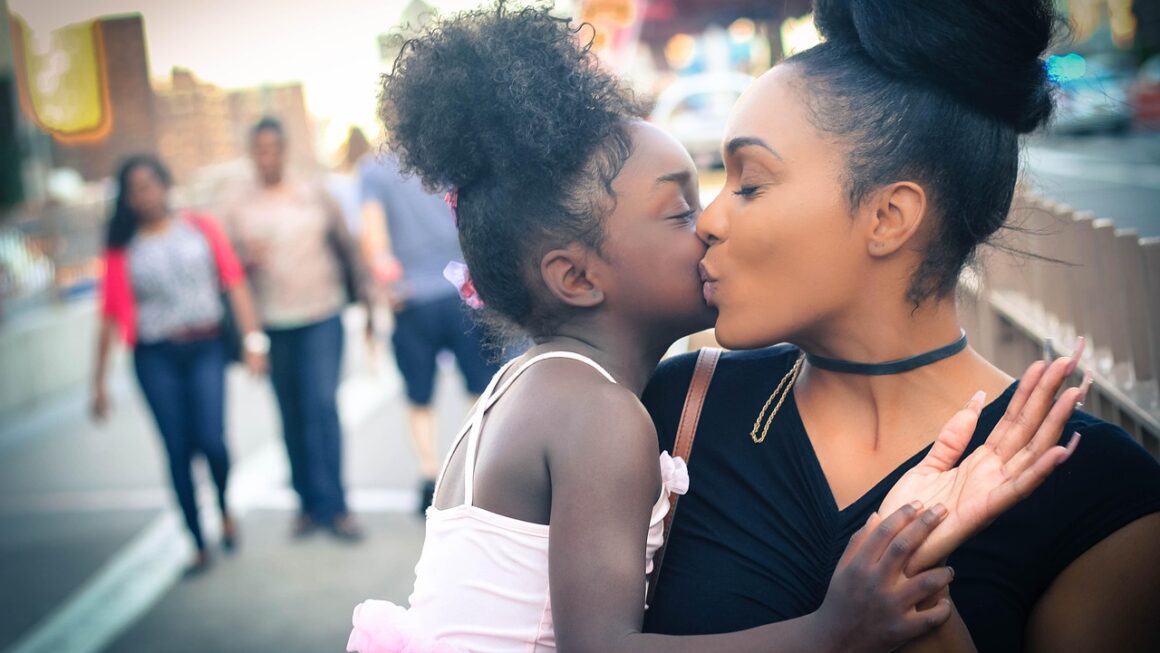Raising polite and well-mannered children is a goal for most parents. Good manners aren’t just about following arbitrary rules; they’re about building respectful relationships, showing consideration for others, and navigating social situations with grace. Teaching children manners from a young age sets them up for success in school, at home, and in their future careers. This guide will provide practical tips and insights into cultivating good manners in your children.
The Importance of Teaching Manners
Why Manners Matter
Teaching children manners is an investment in their future. Good manners contribute significantly to a child’s social and emotional development.
- Building Strong Relationships: Politeness and respect are the cornerstones of healthy relationships. Children with good manners are more likely to form positive connections with peers and adults.
- Increased Confidence: Knowing how to behave appropriately in different situations boosts a child’s confidence and reduces anxiety.
- Improved Social Skills: Manners are social skills in action. They help children understand and navigate social cues, leading to smoother interactions.
- Better Academic Performance: Studies show that children with better social skills tend to perform better academically. This is often linked to improved cooperation and classroom behavior.
- Future Success: Employers value candidates who demonstrate professionalism and respect. Good manners can give a child a competitive edge in the job market.
Starting Early
It’s never too early to begin teaching manners. Even toddlers can grasp simple concepts like “please” and “thank you.” Start with the basics and gradually introduce more complex social skills as your child grows.
- Lead by Example: Children learn by observing. Model good manners yourself in your interactions with others.
- Make it Fun: Use games and role-playing to make learning manners enjoyable.
- Be Consistent: Reinforce manners consistently in all settings, not just at home.
Basic Manners Every Child Should Know
The Magic Words: “Please” and “Thank You”
These two phrases are fundamental to polite communication.
- “Please”: Teach your child to use “please” when making requests. Example: Instead of “I want a cookie,” encourage them to say, “Please may I have a cookie?”
- “Thank You”: Emphasize the importance of expressing gratitude. Example: After receiving a gift or help with a task, prompt your child to say “Thank you.”
Table Manners
Mealtime is an excellent opportunity to practice good manners.
- Sitting Properly: Encourage your child to sit up straight and avoid slouching at the table.
- Using Utensils: Teach your child to use utensils correctly and to avoid eating with their hands (unless appropriate, like with finger foods).
- Chewing with Mouth Closed: This is a crucial rule to avoid grossing out others at the table. Gently remind your child if they forget.
- Waiting Their Turn: Teach your child to wait until everyone is served before beginning to eat and to ask politely if they need something.
- Saying “Please” and “Thank You” at the Table: Reinforce the use of these phrases when asking for food or drinks and after receiving them.
- Avoid Interrupting: Teach your child not to interrupt a meal by getting up frequently. Make sure to grab all the items that may be needed before sitting down.
Respectful Communication
Teaching children to communicate respectfully is vital.
- Listening Attentively: Encourage your child to listen when others are speaking, without interrupting or talking over them.
- Making Eye Contact: Teach your child to make eye contact when speaking to others. It shows respect and attentiveness.
- Using a Polite Tone: Teach your child to use a calm and respectful tone of voice, avoiding yelling or whining.
- Addressing Adults Properly: Encourage your child to address adults as Mr., Mrs., Ms., or Dr., unless specifically told otherwise.
- Offering Help: Teach your child to offer help to others, such as holding a door open or carrying groceries.
Teaching Manners Through Role-Playing and Games
Making Learning Fun
Children learn best when they are engaged and having fun. Role-playing and games can make learning manners more enjoyable and effective.
- Restaurant Role-Play: Set up a pretend restaurant and practice ordering food, using “please” and “thank you,” and being polite to the “waiter.”
- Party Games: Play games that involve introducing yourself, making polite conversation, and thanking the “host.”
- “Manners Bingo”: Create bingo cards with different manners-related scenarios and reward children when they demonstrate those behaviors.
- Puppet Shows: Use puppets to act out different social situations and demonstrate appropriate manners.
Scenarios to Practice
Focus on common situations where manners are particularly important.
- Meeting New People: Practice introducing yourself politely, shaking hands (if appropriate), and asking questions.
- Visiting Someone’s Home: Role-play arriving at someone’s home, greeting the host, and behaving appropriately as a guest.
- Being a Guest at a Party: Practice RSVP-ing, bringing a small gift, thanking the host, and socializing with other guests.
- Apologizing: Teach your child how to apologize sincerely when they make a mistake.
Addressing Common Challenges
Handling Rudeness
Every child will slip up and be rude at some point. How you respond is key.
- Stay Calm: Avoid overreacting or yelling. Take a deep breath and address the situation calmly.
- Explain the Impact: Help your child understand how their behavior affects others. For example, “When you interrupt me, it makes me feel like you don’t value what I’m saying.”
- Offer Alternatives: Suggest a more appropriate way to behave. For example, “Next time, try raising your hand and waiting for me to call on you.”
- Use Time-Outs: For repeated or serious offenses, use time-outs to give your child a chance to calm down and reflect on their behavior.
Consistency is Key
Maintaining consistency in your approach to teaching manners is essential.
- Consistent Expectations: Make sure your child knows what is expected of them in different situations.
- Consistent Reinforcement: Consistently reinforce good manners with praise and rewards.
- Consistent Consequences: Consistently address rude or disrespectful behavior with appropriate consequences.
Conclusion
Teaching children manners is a continuous process that requires patience, consistency, and a good sense of humor. By starting early, modeling good behavior, making learning fun, and addressing challenges effectively, you can equip your child with the social skills they need to thrive. Remember that good manners are not just about following rules; they are about cultivating empathy, respect, and consideration for others – qualities that will serve your child well throughout their life. Ultimately, well-mannered children contribute to a more courteous and harmonious society.



